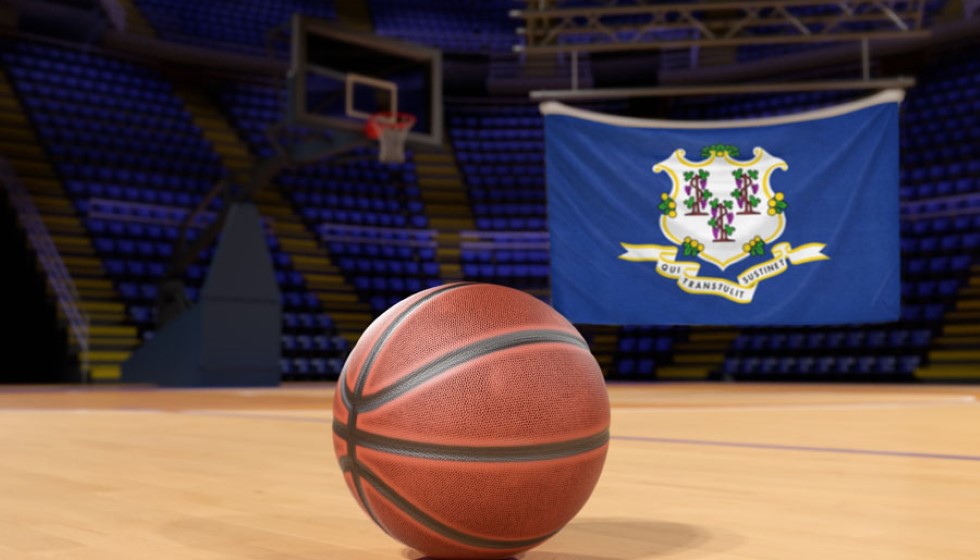
The Los Angeles Clippers faced a challenging predicament as the NBA trade deadline approached, navigating complex team dynamics and player dissatisfaction. Central to the quandary was P.J. Tucker, whose desire to be traded to a contending team remained unfulfilled. Ultimately, Tucker stayed with the Clippers, a decision shaped by the lack of viable offers for his services. This development underscores the intricate nature of managing an NBA roster, particularly when attempting to balance player wishes with team needs.
A Season of Discontent
This season has been particularly disappointing for Tucker. With averages of merely 1.3 points and 2.9 rebounds per game, his performance has fallen short of expectations. His limited contributions have not only affected the team's dynamics but also his satisfaction with his role. Tucker has been inactive since a November 27th game against the Denver Nuggets, amplifying his sense of disconnection from the team. Despite this, the Clippers have expressed belief in Tucker's ability to contribute in key moments, including the playoffs, setting the stage for an uncertain future.
The Road Ahead
As Tucker's future with the Clippers remains in limbo, two primary paths emerge: a buyout or staying with the team until the end of the season. This decision will be pivotal not only for Tucker but also for the Clippers' strategies moving forward. Despite his limited playing time and expressed dissatisfaction, Tucker's experience and capability to perform in critical situations could still make him an asset as the playoffs approach.
Trade Deadline Decisions
While the Clippers opted for stability by not actively seeking trades, other Western Conference teams like the Minnesota Timberwolves and Denver Nuggets made significant moves to bolster their rosters. This contrasts starkly with the Clippers' approach, spearheaded by players like Paul George who emphasized the team's contentment with its current composition. George remarked, "We're honestly not looking to make any moves. I don't think that we are looking in this locker room thinking, 'where can we get better?'" This sentiment, reflecting a satisfaction with the internal resources, highlights the Clippers' confidence in their existing roster despite the looming uncertainties surrounding players like Tucker.
Veterans at the Crossroads
Tucker's situation illuminates the broader challenges faced by aging stars in the NBA. Managing the careers of veteran players, especially those accustomed to contending for championships, requires a delicate balance between leveraging their experience and addressing their aspirations. The Clippers' handling of Tucker's dissatisfaction and his limited role on the team is a case study in the complexities of team management. It also raises questions about how teams can best integrate and utilize seasoned players amidst evolving team dynamics and competitive pressures.
Tucker's Perspective
Expressing his frustration, Tucker shared his sentiments with ClutchPoints' Tomer Azarly, stating, "I don't think I should be dealing with this. I didn't choose to come here. I didn't request or demand a trade to be in this situation." His words reflect a broader issue of player agency and satisfaction within the league. Tucker's disillusionment with his current situation underscores the importance of aligning players' expectations with their roles on the team, a challenge that the Clippers and other NBA teams continue to navigate.
Looking Forward
The Los Angeles Clippers' decisions at the trade deadline, coupled with P.J. Tucker's situation, capture the nuanced intricacies of NBA roster management. Balancing player satisfaction, team composition, and competitive objectives is a perpetual juggling act. As the Clippers move forward, how they manage these dynamics will be critical to both their short-term success and long-term strategy. For Tucker, the path ahead remains uncertain, but his case serves as a poignant reminder of the ever-present challenges in managing aging stars and the delicate equilibrium between player aspirations and team goals.